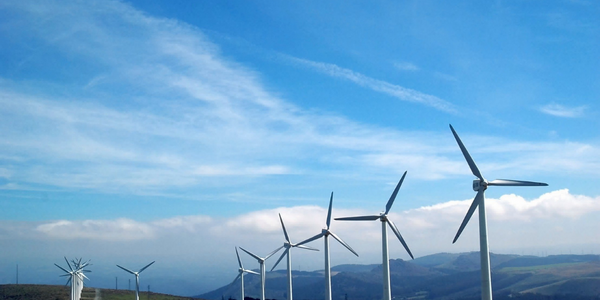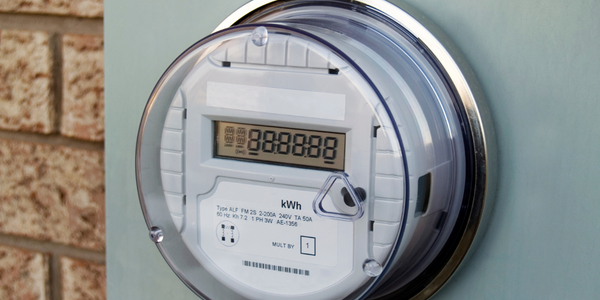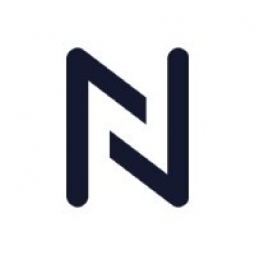技术
- 应用基础设施与中间件 - 事件驱动型应用
- 平台即服务 (PaaS) - 应用开发平台
适用行业
- 电网
- 可再生能源
适用功能
- 销售与市场营销
用例
- 租赁金融自动化
- 时间敏感网络
关于客户
英国电力网络公司是伦敦、英格兰东南部和东部地区的主要配电网络运营商。该公司为 830 万个家庭和企业的 1900 万人提供服务。他们致力于通过连接可再生能源、电动汽车充电器和低碳供暖来应对气候危机。他们努力通过改善服务并超越他们所服务的社区来满足客户不断变化的需求。他们还旨在为处境脆弱的客户提供支持,特别是在全球能源价格上涨、疫情和最近的气候事件之后。
挑战
UK Power Networks 为 830 万个家庭和企业的 1900 万人提供服务,在满足新水平的支持和服务不断增长的需求方面面临着重大挑战。全球能源价格上涨、疫情和最近的气候事件增加了面临脆弱性的客户数量。该公司必须通过连接可再生能源、电动汽车充电器和低碳供暖来应对气候危机。他们还必须改进服务,以满足客户不断变化的需求,并超越所服务的社区。此外,他们还必须为处境脆弱的客户提供支持。面临的挑战是快速有效地转变他们的服务以满足这些需求。
解决方案
UK Power Networks 利用低代码平台 Liberty Create 来交付自动化项目并彻底改变客户的服务。他们将 Liberty Platform(Netcall 的人工智能驱动的自动化和客户参与平台)的使用扩展到更广泛的业务中,以支持新项目。其中包括优先服务登记册,以在停电期间帮助弱势客户,以及双向付款,以无缝地接收和向客户付款。他们还开发了任务导向工作、合规管理器、智能报价、智能连接和门户等多种应用程序,以吸引员工、推动绩效提升、管理 GDPR、自动化客户连接应用程序并支持新低碳技术的连接。这些应用程序可自动评估、减少处理时间、立即批准,并在需要时自动向团队发送推荐。
运营影响
数量效益

Case Study missing?
Start adding your own!
Register with your work email and create a new case study profile for your business.
相关案例.

Case Study
Remote Monitoring & Predictive Maintenance App for a Solar Energy System
The maintenance & tracking of various modules was an overhead for the customer due to the huge labor costs involved. Being an advanced solar solutions provider, they wanted to ensure early detection of issues and provide the best-in-class customer experience. Hence they wanted to automate the whole process.

Case Study
Vestas: Turning Climate into Capital with Big Data
Making wind a reliable source of energy depends greatly on the placement of the wind turbines used to produce electricity. Turbulence is a significant factor as it strains turbine components, making them more likely to fail. Vestas wanted to pinpoint the optimal location for wind turbines to maximize power generation and reduce energy costs.

Case Study
Siemens Wind Power
Wind provides clean, renewable energy. The core concept is simple: wind turbines spin blades to generate power. However, today's systems are anything but simple. Modern wind turbines have blades that sweep a 120 meter circle, cost more than 1 million dollars and generate multiple megawatts of power. Each turbine may include up to 1,000 sensors and actuators – integrating strain gages, bearing monitors and power conditioning technology. The turbine can control blade speed and power generation by altering the blade pitch and power extraction. Controlling the turbine is a sophisticated job requiring many cooperating processors closing high-speed loops and implementing intelligent monitoring and optimization algorithms. But the real challenge is integrating these turbines so that they work together. A wind farm may include hundreds of turbines. They are often installed in difficult-to-access locations at sea. The farm must implement a fundamentally and truly distributed control system. Like all power systems, the goal of the farm is to match generation to load. A farm with hundreds of turbines must optimize that load by balancing the loading and generation across a wide geography. Wind, of course, is dynamic. Almost every picture of a wind farm shows a calm sea and a setting sun. But things get challenging when a storm goes through the wind farm. In a storm, the control system must decide how to take energy out of gusts to generate constant power. It must intelligently balance load across many turbines. And a critical consideration is the loading and potential damage to a half-billion-dollar installed asset. This is no environment for a slow or undependable control system. Reliability and performance are crucial.

Case Study
Remote Monitoring and Control for a Windmill Generator
As concerns over global warming continue to grow, green technologies are becoming increasingly popular. Wind turbine companies provide an excellent alternative to burning fossil fuels by harnessing kinetic energy from the wind and converting it into electricity. A typical wind farm may include over 80 wind turbines so efficient and reliable networks to manage and control these installations are imperative. Each wind turbine includes a generator and a variety of serial components such as a water cooler, high voltage transformer, ultrasonic wind sensors, yaw gear, blade bearing, pitch cylinder, and hub controller. All of these components are controlled by a PLC and communicate with the ground host. Due to the total integration of these devices into an Ethernet network, one of our customers in the wind turbine industry needed a serial-to-Ethernet solution that can operate reliably for years without interruption.

Case Study
Temperature monitoring for vaccine fridges
Dulas wanted a way to improve the reliability of the cold chain, facilitating maintenance and ensuring fewer vaccines are spoiled. Dulas wanted an M2M solution which would enable them to record and report the temperature inside vaccine refrigerators.

Case Study
Hydro One Leads the Way In Smart Meter Development
In 2010, Ontario’s energy board mandated that time-of-use (TOU) pricing for consumers be available for all consumers on a regulated price plan. To meet this requirement, Hydro One needed to quickly deploy a smart meter and intelligent communications network solution to meet the provincial government’s requirement at a low cost. The network needed to cover Hydro One’s expansive service territory, which has a land mass twice the size of Texas, and its customers live in a mix of urban, rural, and remote areas, some places only accessible by air, rail, boat or snowmobile. Most importantly, the network needed to enable future enterprise-wide business efficiencies, modernization of distribution infrastructure and enhanced customer service. To meet these needs, Hydro One conceptualized an end-to-end solution leveraging open standards and Internet Protocols (IP) at all communication levels. The utility drew upon industry leaders like Trilliant to realize this vision.







